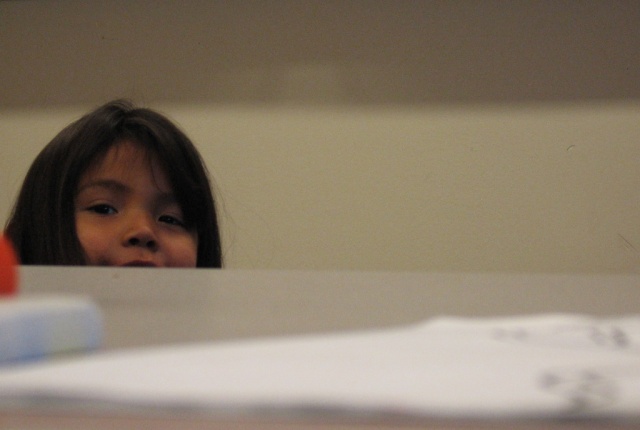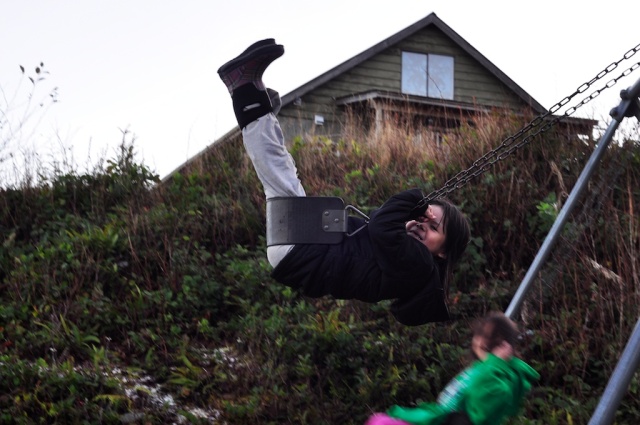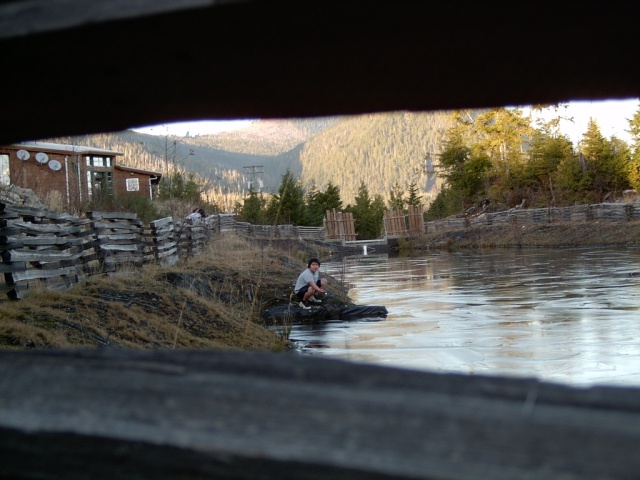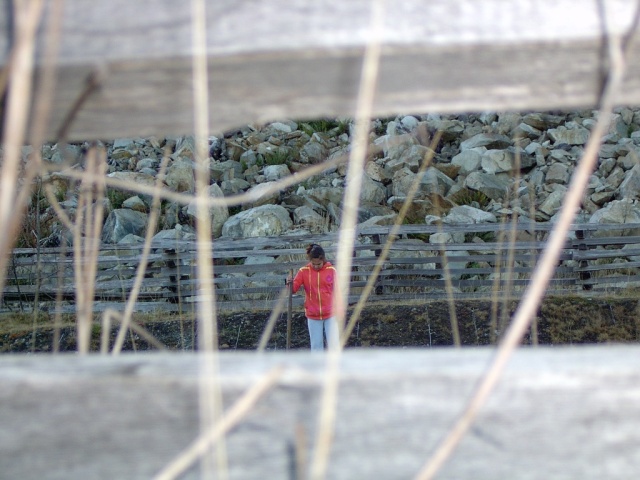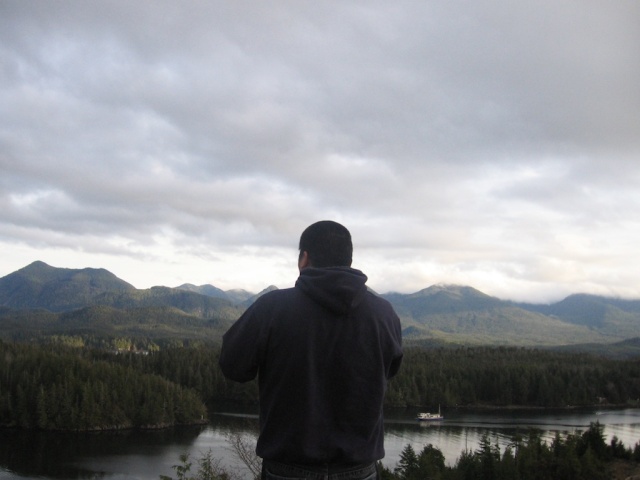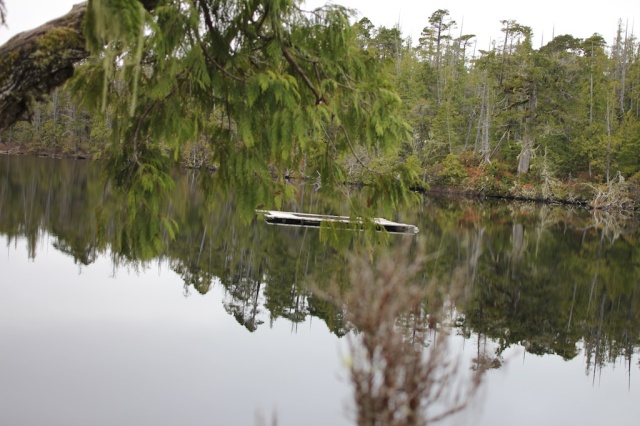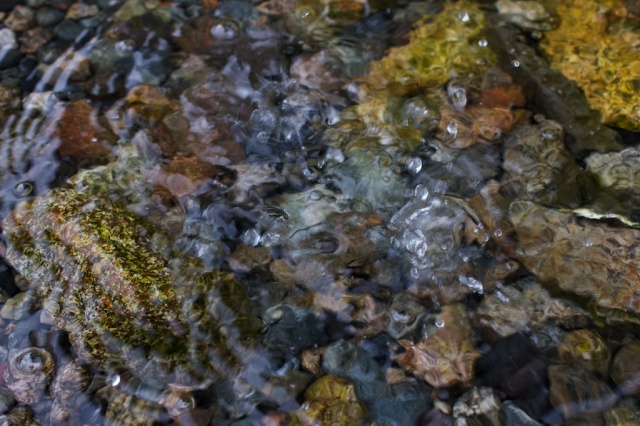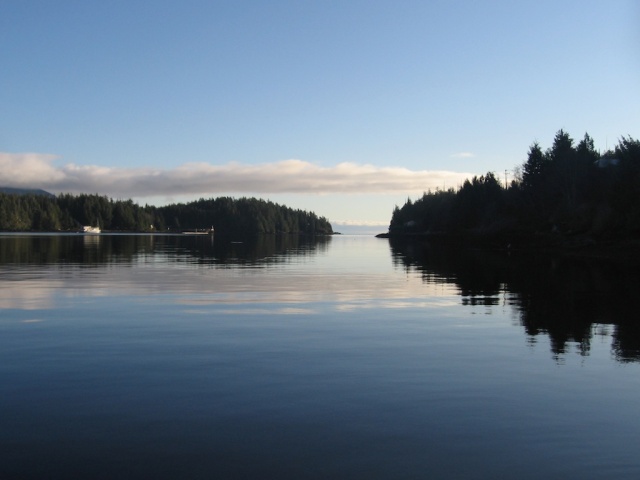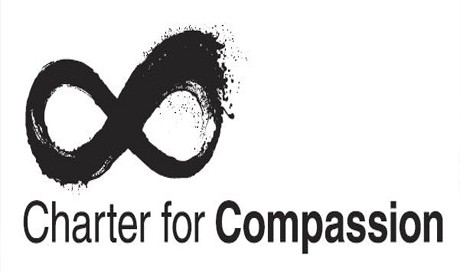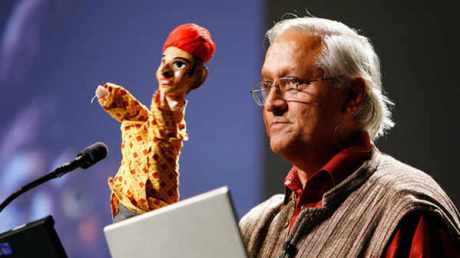what can result from taking a photograph and/or telling a story?
-the reach of people who want to dominate others (either overtly or subtly) might be extended,
-attention can be called to these jerk dominators,
-or something altogether different may result.
to me, this project is in the altogether different category.
think about pushing a rock up a hill. yes there will be a little momentum
(working against the negative/ hostility against domination).
think about leaving that cumbersome stone where it is and wheeling down the hill with a huge grin on your face
(working with the positive/ empowerment of dominated people and cultures).
this project is all about empowering the hesquiaht children and community. we are wheeling down the hill.
how?
1) young people (and all people) knowing they are the beez kneez
on christmas night, we put on a slide show for the hesquiaht community. the images were stunning. really, truly beautiful.
the months of hard work the hesquiaht kids and kevin put into photography showed on this last night. these children (and kevin) had something to be proud of; their talents, their abilities, their eyes, their intelligence…all were on show on this night.
the community thought these kids and kevin were incredible for what they did. and they are.
we all need to know we are incredible.
we should all have opportunities to show we are incredible.

2) who tells the first nations story?
what i have learnt here in this community about first nations people is very different from the impressions i have received from other sources.
everybody should have a chance to tell their own story.
overwhelmingly, the children, and the elders believe nobody is interested in their viewpoint. and this is just not the case.
when the community learnt that over a thousand people came to view the images taken by their children, they felt supported and honored.
this project encourages the children and the community to believe that others are curious about their experiences, their thoughts, and the way the hesquiaht see themselves, their history, and their future.
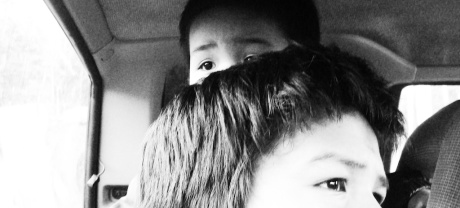
3) the bonus of keeping fresh eyes
during the community slideshow there were gasps, laughs, oohs, and a lot of quiet, as the people watched this vision of their territory, this place that they see ‘everyday’.
many people came up to the photographers afterwards and commented how uplifting it had been to see their territory through the eyes of another.
photography, is a prime tool for keeping fresh eyes.
equipping the children (and this summer the women) with a tool to encourage their community to appreciate anew, and feel pride, for the land they see everyday, is priceless.
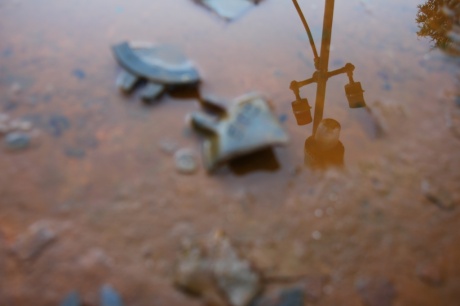
4) trust
overwhelmingly people told me it was hard to talk to a white person when we met.
wounds are fresh.
all of the elders i spoke to had been stolen from their families as children and put into residential schools where they were surrounded by sexual, physical, and mental abuse. as one elder explained, ‘when they say they take something out of you that’s how i feel, they took something out of me. and that was trust.’
i hope for the hesquiaht, having carly (my friend and these children’s school teacher) and i in the community can be a positive experience of non-first nations people.
experiencing non-first nations people visiting (either online or in person) to see and listen to their stories and photos, rather than tell them their stories is also invaluable.
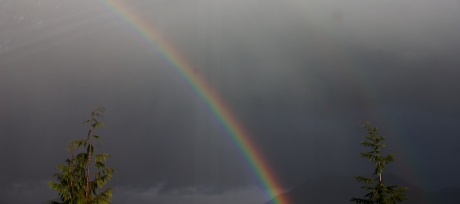
heman, rakaylyn, donovan, jacine, kevin, carly, you are shiny important people.
folks who came to visit this blog to encourage and understand another person, you are shiny important people.
: )
all photos except the first, (which i took of miss seibel their teacher), are taken by the community

